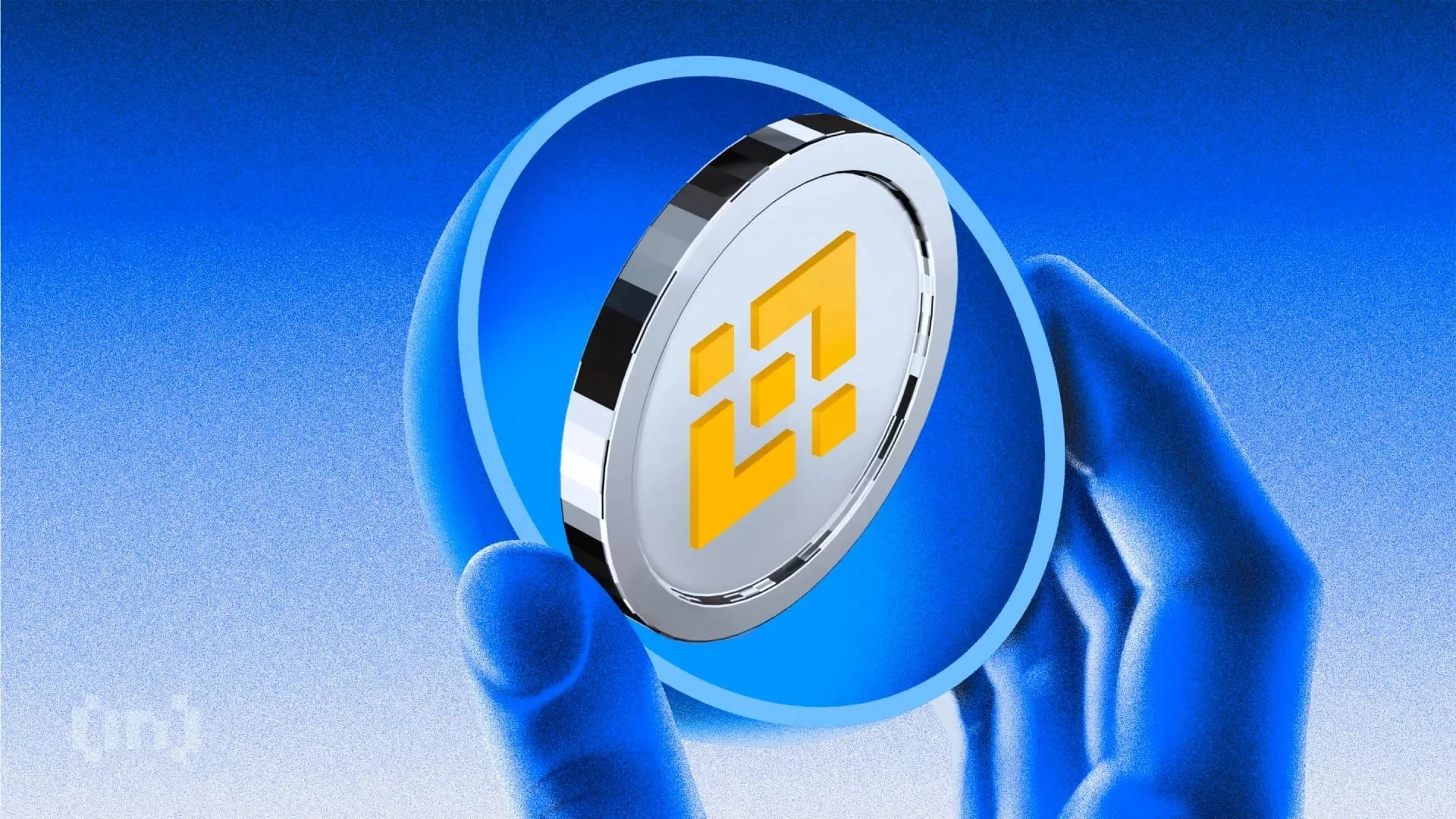In the ever-evolving world of blockchain, the need for interoperability between different networks has become increasingly apparent. Cross-chain protocols are the key to unlocking this potential, enabling seamless communication and value transfer across disparate blockchain ecosystems. This article delves into the intricacies of cross-chain protocols, exploring their significance, functionality, and future prospects.
What is a Cross-chain Protocol?
Содержание статьи:
A cross-chain protocol is a technology framework designed to facilitate the exchange of data and value between different blockchain networks. These protocols address the inherent isolation of individual blockchains, enabling them to interact and share information in a secure and trustless manner. Think of it as a universal translator for blockchains, allowing them to understand and communicate with each other.
Why are Cross-chain Protocols Important?
The importance of cross-chain protocols stems from several key factors:
- Breaking Down Silos: Blockchains operate in isolation, limiting their potential. Cross-chain protocols break down these silos, creating a more interconnected and collaborative ecosystem.
- Enhanced Functionality: By enabling communication between chains, cross-chain protocols unlock new functionalities for decentralized applications (dApps). For example, a dApp on one chain can access data or assets on another chain.
- Improved Scalability: Cross-chain protocols can help distribute workloads across multiple blockchains, improving overall scalability and reducing congestion on individual networks.
- Increased Liquidity: By enabling the transfer of assets between chains, cross-chain protocols can aggregate liquidity across different markets, leading to better pricing and trading opportunities.
How do Cross-chain Protocols Work?
Cross-chain protocols employ various mechanisms to achieve interoperability, including:
- Bridges: Bridges are a common approach, acting as intermediaries that lock assets on one chain and mint corresponding representations on another.
- Atomic Swaps: Atomic swaps allow for the direct exchange of assets between chains without the need for a trusted intermediary.
- Message Passing: Some protocols enable the exchange of arbitrary messages between chains, allowing for more complex interactions, such as calling smart contracts on other networks.
- CCTP (Cross-Chain Transfer Protocol): An on-chain utility, which enables the flow of USDC across chains through native burning and minting.
Examples of Cross-chain Protocols
Several prominent cross-chain protocols are actively shaping the blockchain landscape:
- Cosmos: Cosmos is a decentralized network of independent blockchains, designed to facilitate interoperability through the Inter-Blockchain Communication (IBC) protocol.
- Polkadot: Polkadot is a heterogeneous multi-chain architecture that enables different blockchains to connect and interact securely.
- Chainlink CCIP: Chainlink’s Cross-Chain Interoperability Protocol (CCIP) provides a secure and reliable way for smart contracts to access data and execute transactions across different blockchains.
- LayerZero: This protocol facilitates asset transfers and data sharing between different blockchain platforms.
Challenges and Future Trends
While cross-chain protocols hold immense promise, they also face several challenges:
- Security Risks: Cross-chain bridges are often vulnerable to exploits, as demonstrated by past attacks. Ensuring the security of these protocols is paramount.
- Complexity: Implementing and managing cross-chain protocols can be complex, requiring specialized expertise.
- Scalability: Scaling cross-chain solutions to handle a large volume of transactions remains a challenge.
Despite these challenges, the future of cross-chain protocols looks bright. Key trends to watch include:
- Increased Adoption: As the blockchain ecosystem matures, we can expect to see wider adoption of cross-chain protocols.
- Improved Security: Ongoing research and development efforts are focused on enhancing the security of cross-chain solutions.
- Standardization: Efforts to standardize cross-chain protocols will improve interoperability and reduce fragmentation.
Cross-chain protocols are a critical piece of the puzzle in building a truly interconnected and interoperable blockchain ecosystem. By enabling seamless communication and value transfer between different networks, these protocols unlock new possibilities for dApps, improve scalability, and enhance liquidity. As the technology matures and adoption increases, cross-chain protocols will play an increasingly important role in shaping the future of blockchain.
